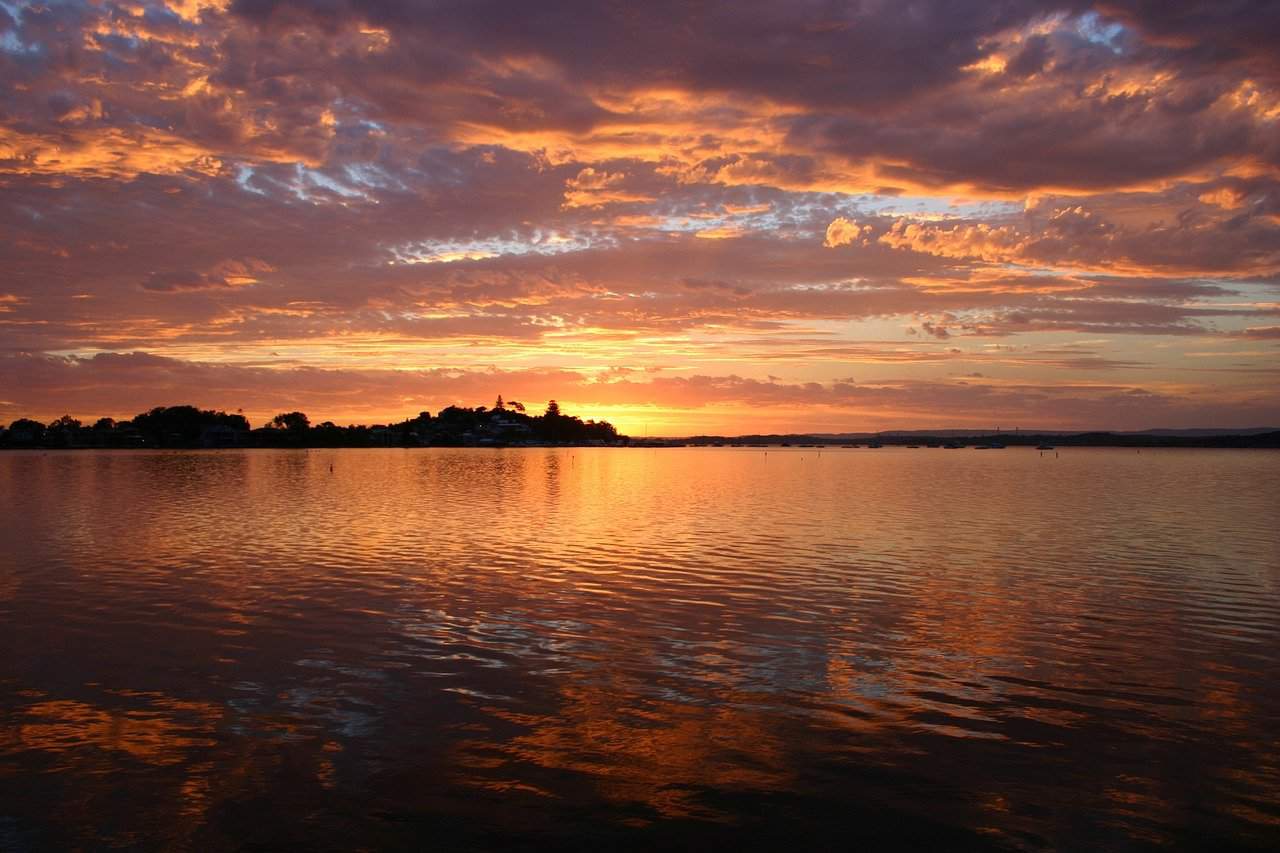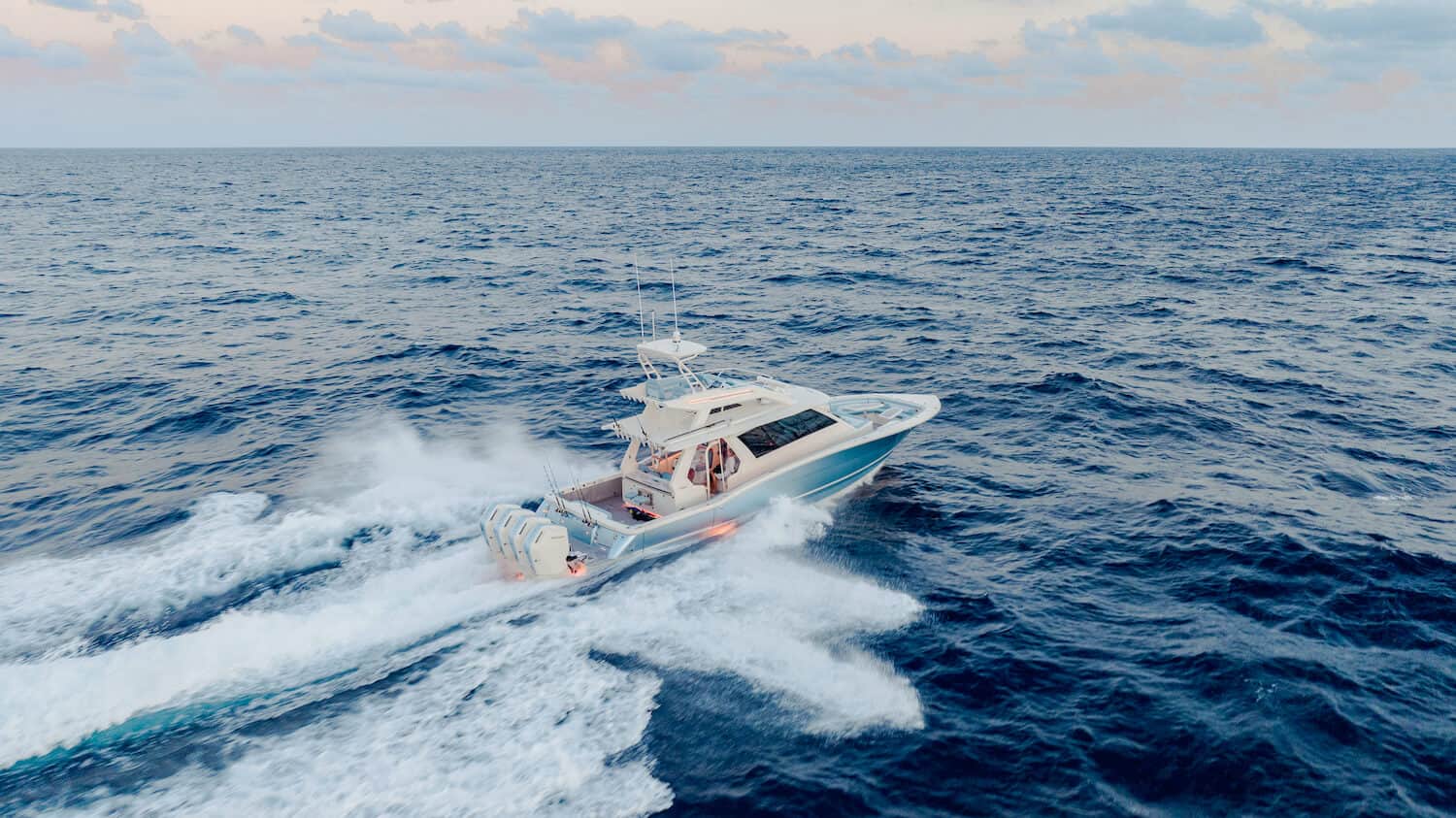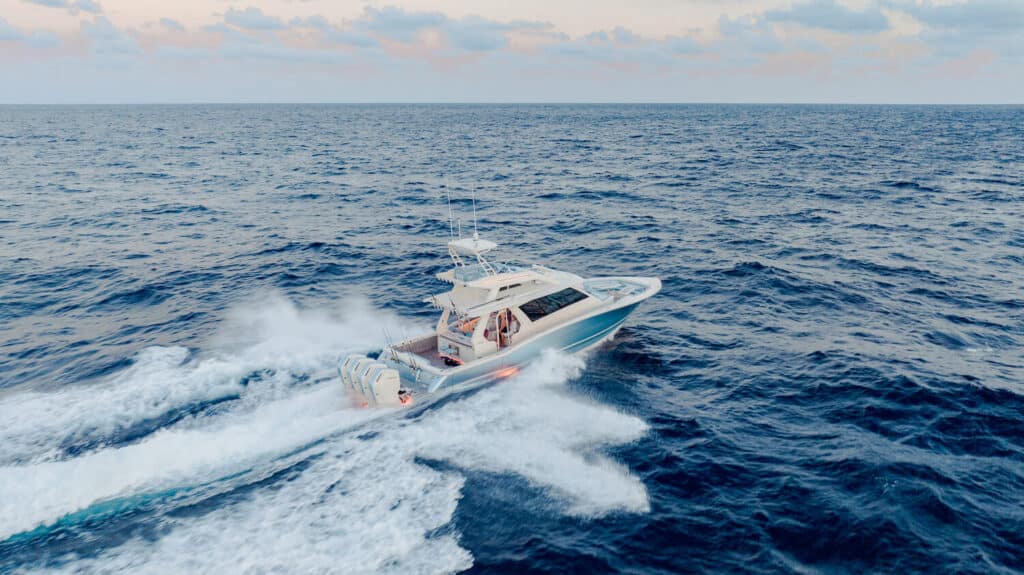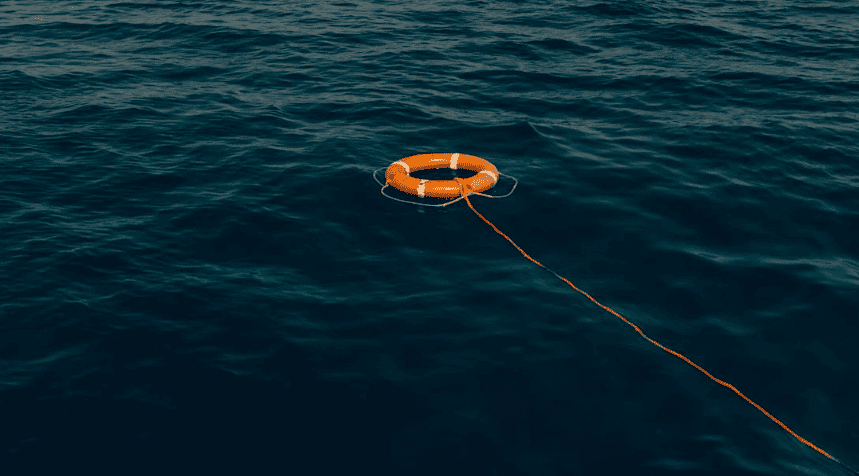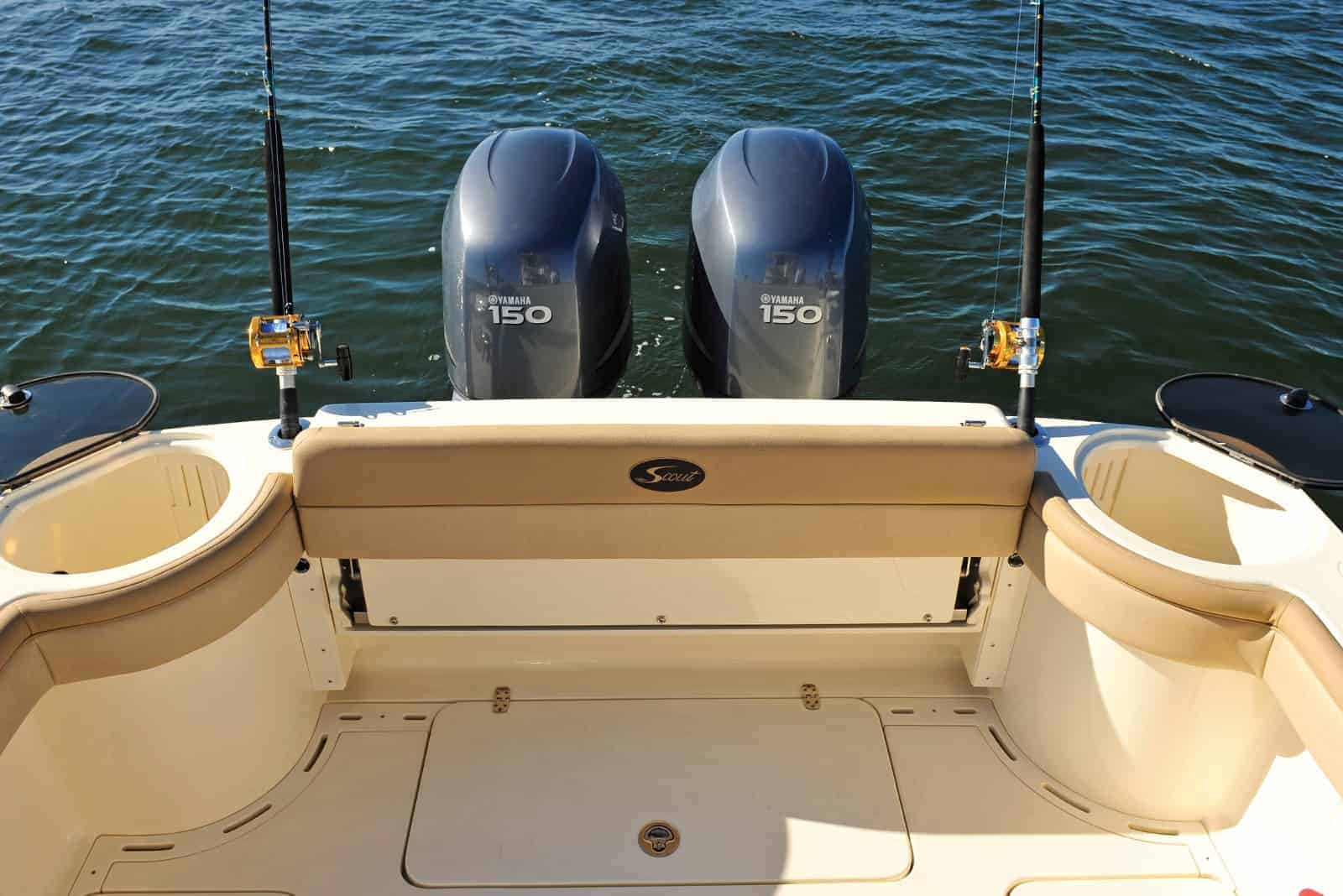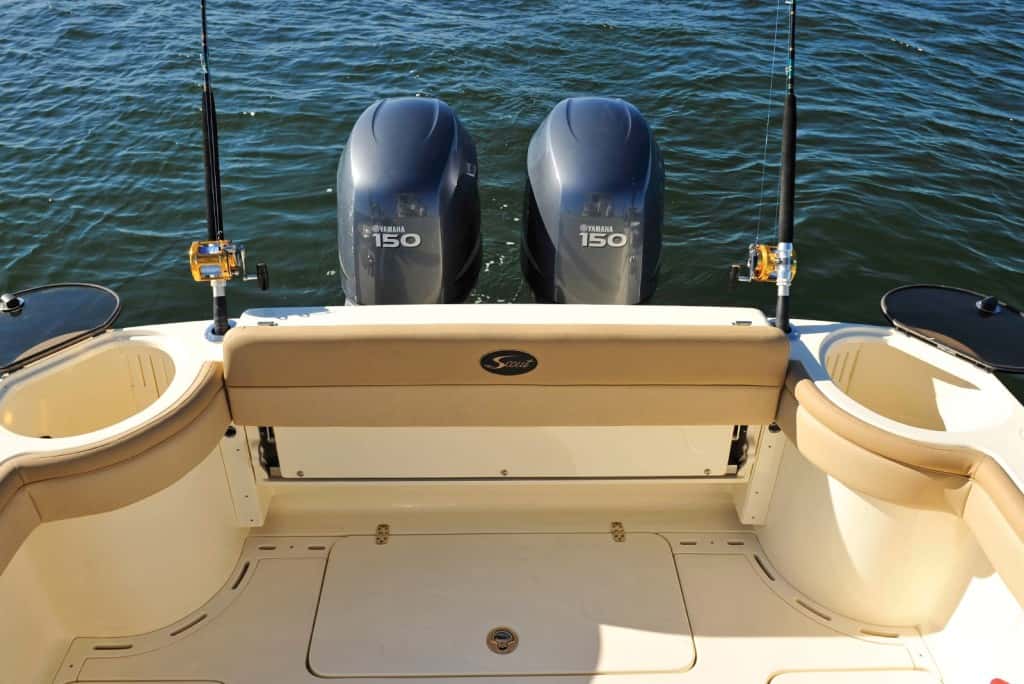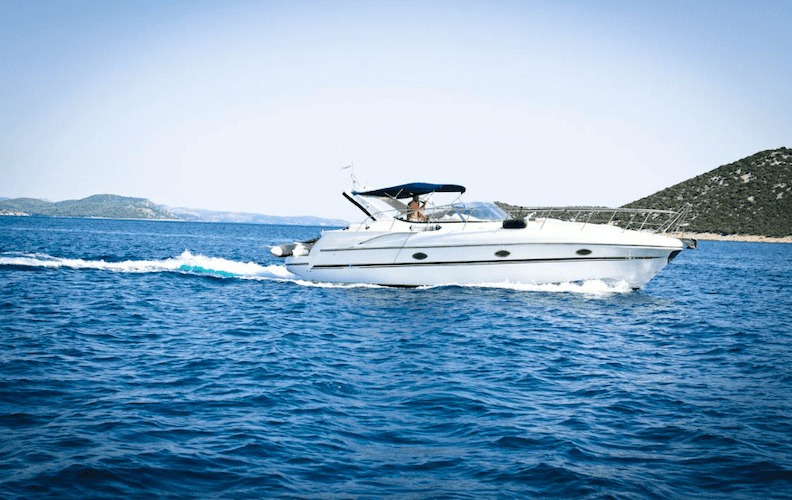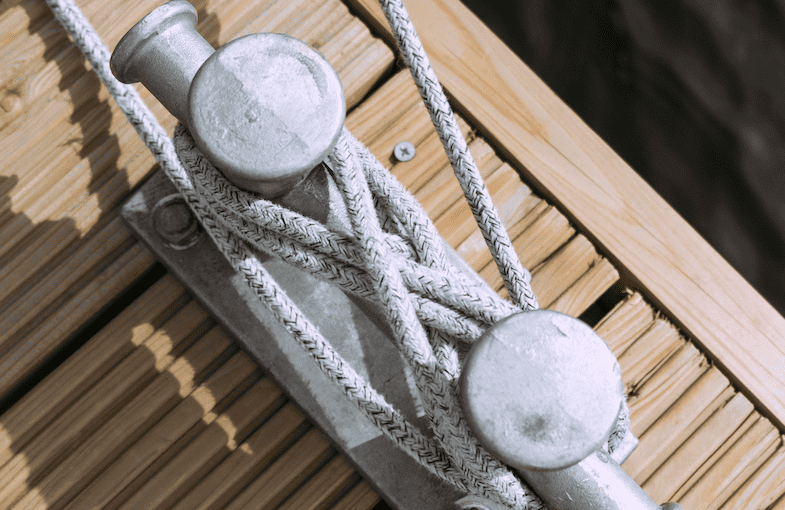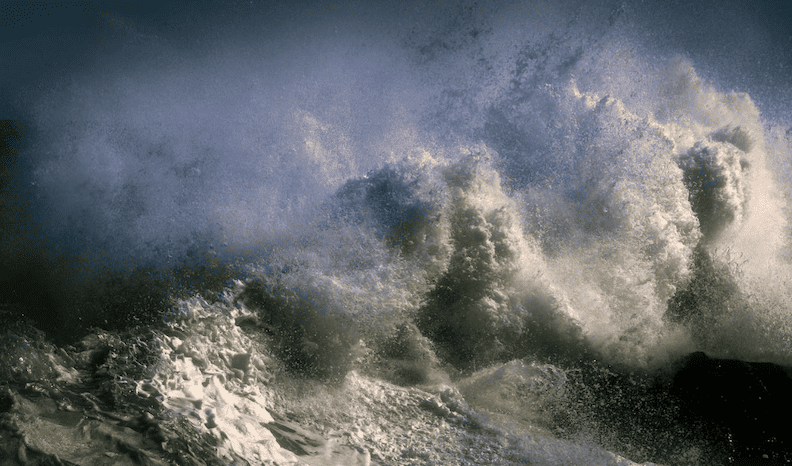
For boating enthusiasts, setting sail on the open water brings a sense of freedom and adventure unlike any other. But accompanying that thrill is the responsibility of safeguarding your vessel and the well-being of those on board. That’s where boat insurance becomes an indispensable beacon in the sea of uncertainties.
Just as with any valuable asset, ensuring your boat is protected from potential risks is paramount. An in-depth understanding of what boat insurance covers, as well as what it doesn’t, can make all the difference during an unexpected squall. This guide is meant to help you chart the waters of boat insurance, equipping you with the knowledge to fortify your nautical adventures.
Charting the Right Course with the Types of Boat Insurance
When it comes to boat insurance, the sea – or rather, the policy – is vast and varied. There are several types of coverages, each serving a different aspect of your boating life:
Liability Coverage
Think of liability coverage as your life jacket in stormy legal waters. It’s designed to financially protect you if you’re found at fault in an accident that causes injury or property damage to others.
Physical Damage Coverage
This all-encompassing coverage repairs or replaces your boat if it’s damaged in an incident, whether it’s a collision with another vessel or submerging after a storm.
Personal Property Coverage
Just like your home or car insurance, personal property coverage insures the belongings on your boat, from fishing gear to high-tech gadgets.
Anchored in Safety: The Details of What Boat Insurance Covers
Boat insurance policies are constructed with an array of coverages to help mitigate the financial impact of various risks. Here’s a closer look at what’s typically included:
Damage from Collision and Stranding
Collision coverage pays for repairs if your boat sustains damage from hitting another vessel or an object in the water. Similarly, stranding coverage helps when your boat runs aground.
Theft
If your boat is stolen, boat insurance will provide coverage to replace it, subject to the terms and limits of the policy.
Damage from Fire
If a fire incurs on your boat, the damage to the vessel itself, as well as personal belongings, is often covered, offering peace of mind against a catastrophic event.
Coverage for Natural Disasters
Boat insurance extends to damage from natural disasters such as hurricanes, tornadoes, or severe storms, which commonly includes the financial support for repairing or replacing the boat.
Emergency Services
Sometimes, the most imperative need isn’t monetary; it’s the actual service. Many policies cover the costs of services such as towing, fuel delivery, or on-water assistance to keep you afloat.
The Tides of Exclusions: What Your Boat Insurance Won’t Cover
Just as important as what’s included in your policy is what’s left out. Common exclusions in boat insurance policies might not be as evident on the surface, so it pays to be aware of them:
Wear and Tear
Insurance is not maintenance. Regular wear and tear over time or with use is not covered under most boat insurance policies.
Gradual Deterioration
Slow decay of materials or components due to environmental exposure typically isn’t covered, as it is considered a result of the boat’s natural life cycle.
Mechanical Breakdown
If the engine or other mechanical systems fail due to mechanical breakdown, the repairs are not typically covered by general boat insurance.
Loss of Value
While insurance can help repair or replace damaged parts, it does not typically compensate for the reduced value of a boat following an incident.
Navigating Coverage Trends and Premium Fathomability
The premiums you pay and the coverage you get aren’t arbitrary – they’re influenced by several essential factors, including:
Boat Type and Size
A small fishing boat will come with a different premium than a larger yacht. The vessel’s value, horsepower, and other specifics play a significant role in premium calculations.
Usage
Do you fish occasionally, or is your boat a weekend party destination? The more you use your boat, especially in risk-prone circumstances like racing or in crowded waters, the higher the premium might be.
Storage Location
Is your boat stored in a protected marina, or is it left out in your backyard? Where your boat is kept when not in use can greatly influence your premium.
Claim History
Just like with auto insurance, your personal claims history can affect your rates. A clean slate with no prior incidents may lead to better rates and coverage options.
Setting Sail with a Tailored Plan
Boat insurance is not ‘one size fits all.’ One of the key aspects of getting a good boat insurance policy is customizing it to your specific needs. This could include adding special equipment coverage if you have an upgraded sound system or personal watercraft liability if you tow water skiers or tubers.
Ensuring you have the right boat insurance policy is as important as the one you choose for your home. Here are some tips to keep in mind as you select your policy:
Research and Compare Policies
Don’t just go with the first quote you receive. Shop around, and compare policies to make sure you’re getting the best coverage for the best price.
Read the Fine Print
Policy language can be complex, and it’s crucial to understand the terms and conditions fully before signing. Pay close attention to deductibles, limits, and exclusions.
Consult with Experts
Don’t be afraid to seek advice from insurance professionals who specialize in boat insurance. Their expertise can help you make informed decisions.
In Harbor, but Not Ashore
Understanding your boat insurance coverage is not a task just for those eyeing the horizon; it’s a voyage that every responsible boat owner must undertake. For those with a passion for the water, a comprehensive boat insurance policy is more than just a safeguard; it’s a flag of assurance that unfurls as you set sail into the vast blue expanse. Before your next voyage, review your policy and ensure that it mirrors the individual characteristics of your vessel and your unique adventures.
By doing so, you not only secure your boat but also safeguard the burgeoning memories and tales that you’ll accrue during your maritime journeys. Full steam ahead on this nautical odyssey, and may your boat insurance coverage weather even the fiercest of storms. After all, the best experiences are those born from a sense of security and the freedom to explore, unhindered by uncertainty. Bon voyage – and may your boat-insured travels be both smooth and scintillating!
Build Your Scout Boat Today
At Scout Boats, our mission is to craft exceptional luxury models ranging from 17′ to 53′. Each of our vessels is meticulously designed to incorporate enduring innovations, cutting-edge technology, and trendsetting features that define the pinnacle of boating excellence. Build your Scout Boat today.
Disclaimer: This article is for informational purposes only. Always follow safe and responsible boating practices.

